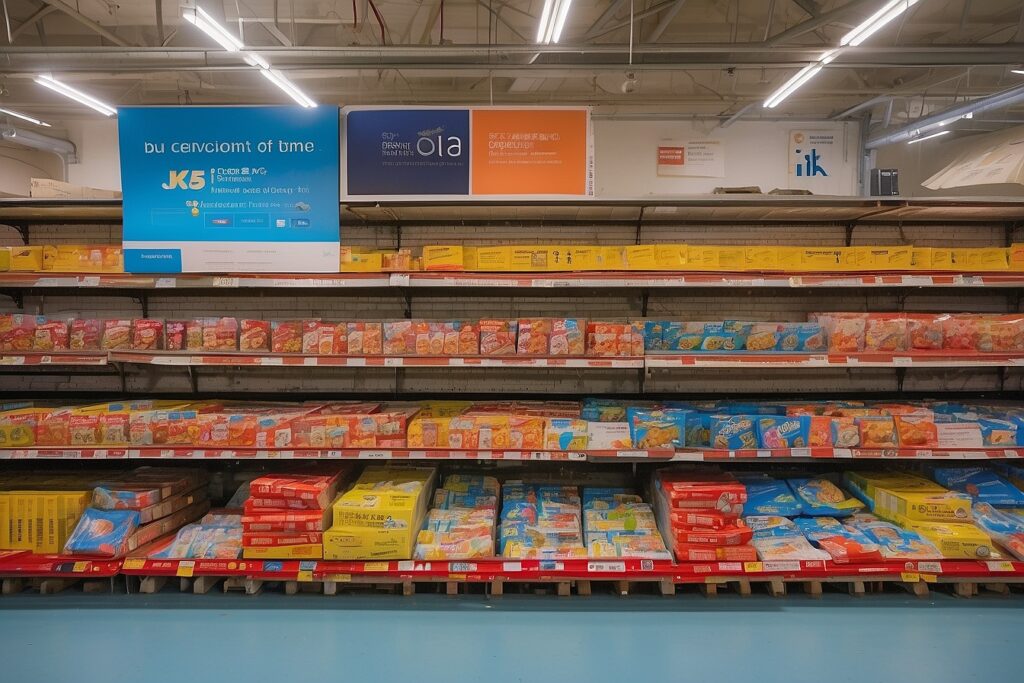
Surge in Home Purchase Cancellations Amidst Rising Mortgage Rates
Residential real estate transactions are facing a significant hurdle as cancellations hit their highest level in almost a year, driven by soaring mortgage rates that have left homebuyers grappling with sticker shock. According to data from national property broker Redfin, nearly 60,000 home-purchase agreements were canceled in August alone, accounting for 15.7% of homes that entered into contracts during the month.
This figure represents a notable increase from the 14.3% recorded a year earlier and stands as the highest cancellation rate since October 2022, when mortgage rates surged past 7% for the first time in two decades.
The average interest rate on a 30-year-fixed mortgage reached 7.07% in August, peaking at 7.23% at one point during the month—the highest level seen since 2001. This spike in rates has resulted in a substantial rise in monthly payments for the typical homebuyer compared to the previous year.
Jaime Moore, a Redfin Premier real estate agent based in Reno, NV, commented on the situation, stating, “I’ve seen more homebuyers cancel deals in the last six months than I’ve seen at any point during my 24 years of working in real estate. They’re getting cold feet.
Buyers get sticker shock when they see their high rate on paper alongside extra expenses for maintenance, repairs, and closing costs. Many of them would rather back out, even if it means losing their earnest money. A lot of sellers are also willing to let buyers slip away because they don’t want to concede to repair requests.”
U.S. Home Prices Experience Significant Growth, Reaching Near-Yearly Highs
In August, the median home sale price in the United States surged by 3% year over year to $420,846, marking the most substantial annual increase since October 2022. Although there was a marginal 0.2% decrease compared to the previous month, the median price remained notably high. Despite this, it still stood 2.8% below the record high of $432,780 observed in May 2022.
The housing market is currently grappling with sluggish activity, primarily attributed to the rise in mortgage rates. However, despite this slowdown, prices continue to soar due to fierce competition among buyers vying for a limited inventory of available homes.
Chen Zhao, Redfin Economics Research Lead, commented on the situation, stating, “Home prices will likely remain elevated for the foreseeable future. The Federal Reserve still has more work to do in its battle against inflation, which means mortgage rates are unlikely to come down anytime soon. As long as rates remain high, homeowners will be reluctant to sell. And that lack of homes for sale will keep prices high because it means buyers are duking it out for a limited supply of houses.”
Additionally, the surge in home prices also reflects a year-over-year gain in August, largely influenced by the “base effect” from the previous year. In August 2022, prices had only just begun to decline from their record high, contributing to the significant year-over-year increases observed in the current market.
Buyer Demand Shows Signs of Stabilization Despite Lingering Challenges
In August, pending home sales experienced a modest decline of 0.6% on a seasonally-adjusted basis compared to the previous month. On a year-over-year basis, pending sales fell by 18.1%. Although this decline persists, it is no longer as steep as the drops witnessed earlier in 2023, indicating a stabilization in buyer demand. However, it’s important to note that pending sales still remain below pre-pandemic levels.
The data reveals that pending sales have maintained a consistent trend below 400,000 since the conclusion of last year. This contrasts starkly with the figures observed just before the onset of the pandemic, which stood close to 500,000. Despite the stabilization, the housing market continues to grapple with challenges, particularly concerning elevated housing costs, which have deterred many potential buyers from actively engaging in the market.
As the initial shockwaves caused by heightened mortgage rates recede further into the past, there’s a sense of stabilization in pending sales. However, the persistently high housing costs serve as a significant deterrent, shaping the behavior of buyers and impacting the overall dynamics of the housing market.
New Listings Show Modest Improvement Amid Persistent Supply Constraints
In August, there was a slight uptick of 0.8% in new listings compared to the previous month. This marks the second consecutive month of marginal growth on a seasonally adjusted basis after nearly a year of continuous declines. However, despite this slight increase, new listings were down by 14.4% year over year.
According to Zhao, it’s likely that new listings have reached their lowest point. Homeowners who have been hesitant to list their properties due to high mortgage rates may have already made their decisions. However, the recent uptick suggests that some sellers are compelled to list their homes due to various factors such as divorce, family emergencies, or return-to-office policies.
Despite the marginal increase in new listings, the total inventory of homes for sale hit a record low in August. It experienced a decline of 1.1% from the previous month on a seasonally adjusted basis and plummeted by 20.8% year over year. This annual decline represents the most significant drop since June 2021.
The current scarcity of housing inventory can be attributed to homeowners feeling financially trapped by their existing low mortgage rates. Many are reluctant to sell their homes as purchasing a new one would entail a substantial increase in their monthly mortgage payments.
This phenomenon underscores the persisting challenges in the housing market, characterized by a delicate balance between supply and demand dynamics.




Can you be more specific about the content of your article? After reading it, I still have some doubts. Hope you can help me.